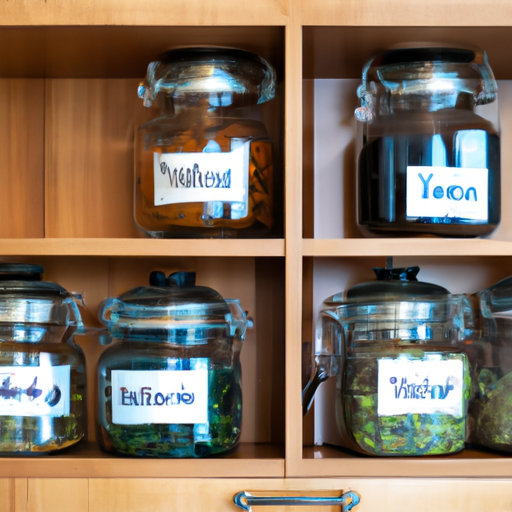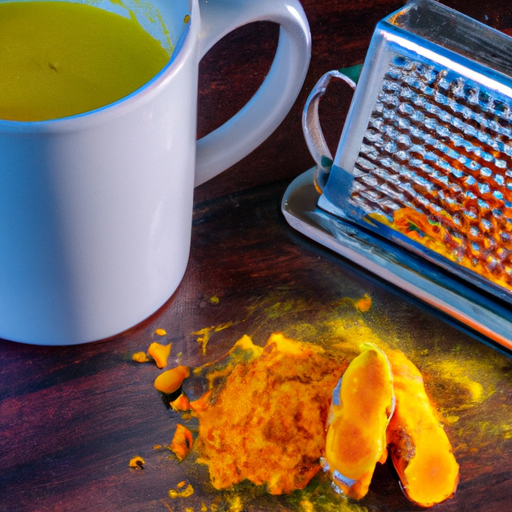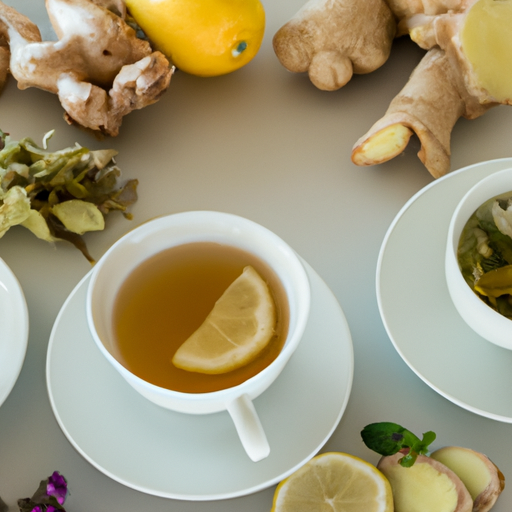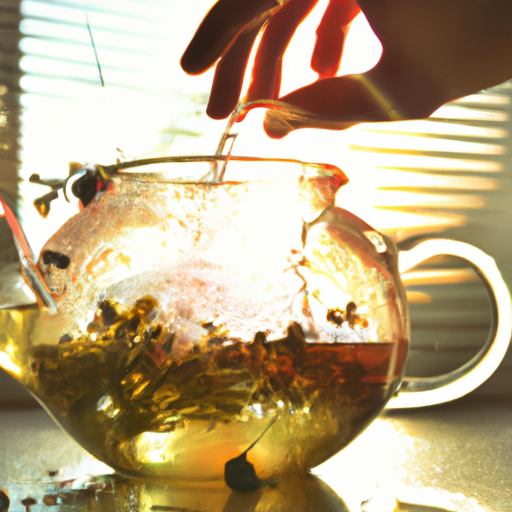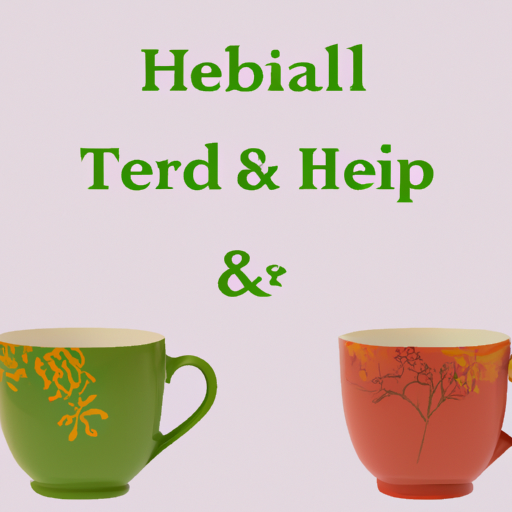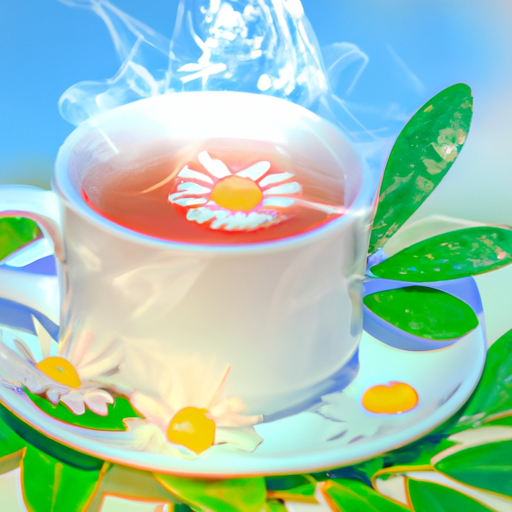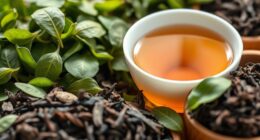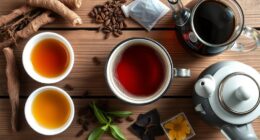They say that loose herbal tea is like a delicate dance of flavors and aromas, a symphony for the senses. But just like any dance, it requires proper care and attention to truly shine.
So, if you’re wondering what is the best way to store loose herbal tea, look no further. In this article, I will guide you through the art of tea storage, ensuring that every sip is as delightful as the first.
We’ll explore the shelf life of loose herbal tea, the importance of choosing the right storage container, and the impact of light, heat, and moisture on its delicate leaves. I’ll also share tips on labeling and dating your tea, as well as the necessity of rotating and using your tea regularly.
Get ready to unlock the secrets to preserving the freshness and flavor of your beloved loose herbal tea. Let’s dive in!
Key Takeaways
- Vacuum sealed storage is recommended for loose herbal tea to remove oxygen and extend shelf life.
- Glass canisters, ceramic jars, and metal tins are ideal storage containers to protect tea from moisture, light, and heat.
- Loose herbal tea should be stored in a cool, dry, and dark place to retain freshness and prevent spoilage.
- Proper labeling and dating of tea containers help track freshness, prioritize oldest teas, and avoid using stale or expired tea.
Understand the Shelf Life of Loose Herbal Tea
Did you know that understanding the shelf life of loose herbal tea is crucial for preserving its freshness and maximizing its flavor? When it comes to storing loose herbal tea, oxygen is the biggest culprit in causing flavor deterioration. Oxygen can cause the tea leaves to oxidize, leading to a loss of flavor and aroma. To combat this, vacuum sealed storage is highly recommended.
By removing the oxygen from the storage container, you can significantly extend the shelf life of your loose herbal tea. Vacuum sealing also helps to preserve the natural oils and flavors of the tea leaves, ensuring that every cup is as delicious as the first.
In addition to preserving freshness, vacuum sealed storage offers other benefits as well. It helps to protect the tea leaves from moisture, light, and heat, all of which can negatively impact the quality of the tea. By keeping the tea in an airtight and light-proof container, you can prevent it from absorbing any unwanted odors or flavors from its surroundings.
Understanding the impact of oxygen on the shelf life of loose herbal tea and exploring the benefits of vacuum sealed storage is essential for any tea lover. By taking these precautions, you can ensure that your loose herbal tea stays fresh and flavorful for as long as possible.
Now, let’s delve into the next section and learn how to choose the right storage container.
Choose the Right Storage Container
To keep your loose herbal tea fresh and flavorful, opt for a storage container that complements the sensory experience of brewing and sipping this aromatic beverage. Selecting the perfect tea canister is crucial in preserving the delicate flavors and aromas of your herbal tea.
Here are a few options to consider:
-
Glass canisters: Transparent and elegant, glass canisters allow you to admire the vibrant colors of your loose herbal tea. They also offer airtight seals to keep out moisture and maintain freshness.
-
Ceramic jars: These containers not only provide airtight storage but also add a touch of charm to your kitchen. Their opaque material protects the tea from light, which can degrade its quality over time.
-
Metal tins: If you prefer a more modern and sleek look, metal tins are a great choice. They’re lightweight, durable, and often come with airtight lids to prolong the shelf life of your loose herbal tea.
Exploring different tea storage methods is essential for keeping your loose herbal tea at its best. Remember, proper storage is just one step towards maintaining the quality of your tea. Keep away from light and heat to ensure the flavors and aromas remain intact.
Keep Away from Light and Heat
Shield your precious elixir of nature’s secrets from the scorching sun and the relentless embrace of heat, for their fiery touch can cruelly diminish the enchanting essence of your tea.
To prevent oxidation and maintain freshness, it’s crucial to keep loose herbal tea away from light and heat. Light and heat can accelerate the breakdown of the tea’s natural compounds, leading to a loss of flavor and aroma.
When storing loose herbal tea, opt for opaque containers that block out light. Glass jars may look beautiful, but they allow light to penetrate and affect the tea’s quality. Instead, choose airtight containers made of materials like ceramic or metal, which provide a dark environment that helps preserve the tea’s delicate flavors.
Additionally, store the tea in a cool and dry place to further protect its freshness. Excessive heat can cause the tea leaves to lose their essential oils, resulting in a less flavorful brew. A cool and dry environment helps to maintain the tea’s natural oils and prevent moisture from seeping in.
By following these storage guidelines, you can safeguard the captivating charm of your loose herbal tea. Now, let’s delve into the next step: storing your tea in a cool and dry place.
Store in a Cool and Dry Place
Ensure that you find a cool and dry spot to keep your precious elixir of nature’s secrets, preserving its delicate flavors and enchanting aroma. Proper storage is key to maintaining the quality and potency of loose herbal tea. Here are four reasons why storing it in a cool and dry place is beneficial:
-
Retain Freshness: Heat and moisture can accelerate the deterioration of herbal tea, causing it to lose its flavor and medicinal properties. By storing it in a cool and dry place, you can help preserve its freshness for a longer period.
-
Preserve Aroma: Aromatic compounds in herbal tea can be volatile and easily affected by external factors. Storing it in a cool and dry spot helps to maintain its enchanting aroma, enhancing the overall tea-drinking experience.
-
Prevent Spoilage: Exposure to moisture can lead to mold and bacterial growth, which can spoil the tea and make it unsafe to consume. Keeping it in a dry environment reduces the risk of contamination and ensures the tea remains safe to drink.
-
Prolong Shelf Life: By protecting loose herbal tea from light, heat, and moisture, you can extend its shelf life. This means you can enjoy the benefits of your favorite herbal blends for a longer time.
In order to avoid exposure to moisture, it’s important to take additional precautions when storing loose herbal tea.
Avoid Exposure to Moisture
Make sure you keep your precious elixir of nature’s secrets away from any moisture, as it can lead to spoilage and a ruined tea-drinking experience. Moisture is the enemy when it comes to storing loose herbal tea. Exposure to moisture can cause the tea leaves to absorb the water, which in turn can promote the growth of mold and bacteria.
To prevent this, it’s crucial to store your tea in airtight containers. Airtight containers create a barrier between the tea and the outside environment, preventing any moisture from seeping in. Choose containers made of glass or metal, as these materials are less likely to retain moisture and odors compared to plastic containers. Additionally, make sure the containers have a tight-fitting lid to ensure maximum protection.
When transferring your loose herbal tea into the containers, make sure the tea leaves are completely dry. Any moisture trapped in the leaves can lead to spoilage over time. Once sealed, store the containers in a cool, dry place away from direct sunlight and humidity.
By taking these precautions and using airtight containers, you can prevent mold growth and maintain the freshness of your loose herbal tea. Now, let’s move on to the next step: labeling and dating your tea to keep track of its freshness and flavor profile.
Label and Date Your Tea
To keep track of the freshness and flavor profile of your tea, it’s important for you to label and date each container. Proper labeling and dating for loose herbal tea storage is crucial to ensure that you are using the tea at its peak flavor and potency. When it comes to organizing your tea collection, a simple and effective way is to create a table to keep track of each tea’s name, date of purchase, and expiration date. This allows you to easily identify and select the tea you want to use based on its freshness.
| Tea Name | Date of Purchase | Expiration Date |
|---|---|---|
| Chamomile | 05/15/2022 | 05/15/2024 |
| Peppermint | 03/22/2022 | 03/22/2024 |
| Green Tea | 07/10/2022 | 07/10/2024 |
Understanding the importance of proper labeling and dating helps you avoid using stale or expired tea. Additionally, it allows you to monitor your tea consumption and plan for restocking when needed. By keeping your tea collection organized, you can easily rotate and use your tea regularly, ensuring that no tea goes to waste and that you always have a fresh and flavorful cup of herbal tea to enjoy. Now let’s discuss how to effectively rotate and use your tea regularly without compromising its quality.
Rotate and Use Your Tea Regularly
Keep your tea collection fresh and flavorful by regularly rotating and using your different teas. By doing so, you can enjoy a variety of flavors and reap the benefits of each tea variety. Here are some tea storage hacks to help you maintain the quality of your loose herbal tea:
-
Store in airtight containers: Use containers with a tight seal to prevent air, moisture, and light from deteriorating the tea’s flavor and potency.
-
Keep away from heat and sunlight: Store your tea in a cool, dark place to preserve its freshness. Avoid exposing it to direct sunlight or heat sources, as they can accelerate the tea’s aging process.
-
Label and date your tea: Properly labeling and dating your tea will help you keep track of its freshness and ensure that you use the oldest ones first.
-
Rotate your tea regularly: Make it a habit to use different tea varieties in your collection. This not only prevents your tea from sitting for too long but also allows you to explore different flavors and experience the unique benefits of each type.
By following these tea storage hacks and regularly rotating your tea varieties, you can ensure that your loose herbal tea remains fresh, flavorful, and enjoyable for a longer period. Cheers to a delightful tea-drinking experience!
Frequently Asked Questions
How long does loose herbal tea stay fresh?
Loose herbal tea stays fresh for about 6-12 months if stored properly. To maximize shelf life, store it in an airtight container in a cool, dark place away from moisture, heat, and strong odors.
Can I store loose herbal tea in a plastic container?
I do not recommend storing loose herbal tea in a plastic container as it may absorb odors and affect the flavor. Instead, opt for airtight glass jars or tin containers to preserve freshness and taste.
Is it safe to store loose herbal tea in the refrigerator?
Sure, you can store loose herbal tea in the fridge, if you want stale, flavorless tea. But if you prefer freshness, opt for airtight containers. They preserve flavor and aroma, while alternatives like vacuum-sealed bags or dark, cool cabinets work great too.
Should I remove the tea from its original packaging before storing it?
Yes, it is best to remove loose herbal tea from its original packaging before storing it. I recommend using glass jars or airtight containers to keep the tea fresh and preserve its flavor.
Can I store different types of loose herbal tea together in the same container?
Yes, it is possible to store different types of loose herbal tea together in the same container. However, to maintain freshness and prevent flavor mixing, it is recommended to use separate airtight containers or resealable bags for each type of tea.
Conclusion
In conclusion, storing loose herbal tea properly is essential in order to maintain its freshness and flavor. By following the tips outlined in this article, you can ensure that your tea stays in optimal condition for a longer period of time.
Here are the key tips to remember:
- Choose the right storage container.
- Keep it away from light and heat.
- Store it in a cool and dry place.
- Avoid exposure to moisture.
- Label and date your tea.
Did you know that properly stored loose herbal tea can retain its quality for up to two years? So, make sure to store your tea correctly to fully enjoy its benefits.

